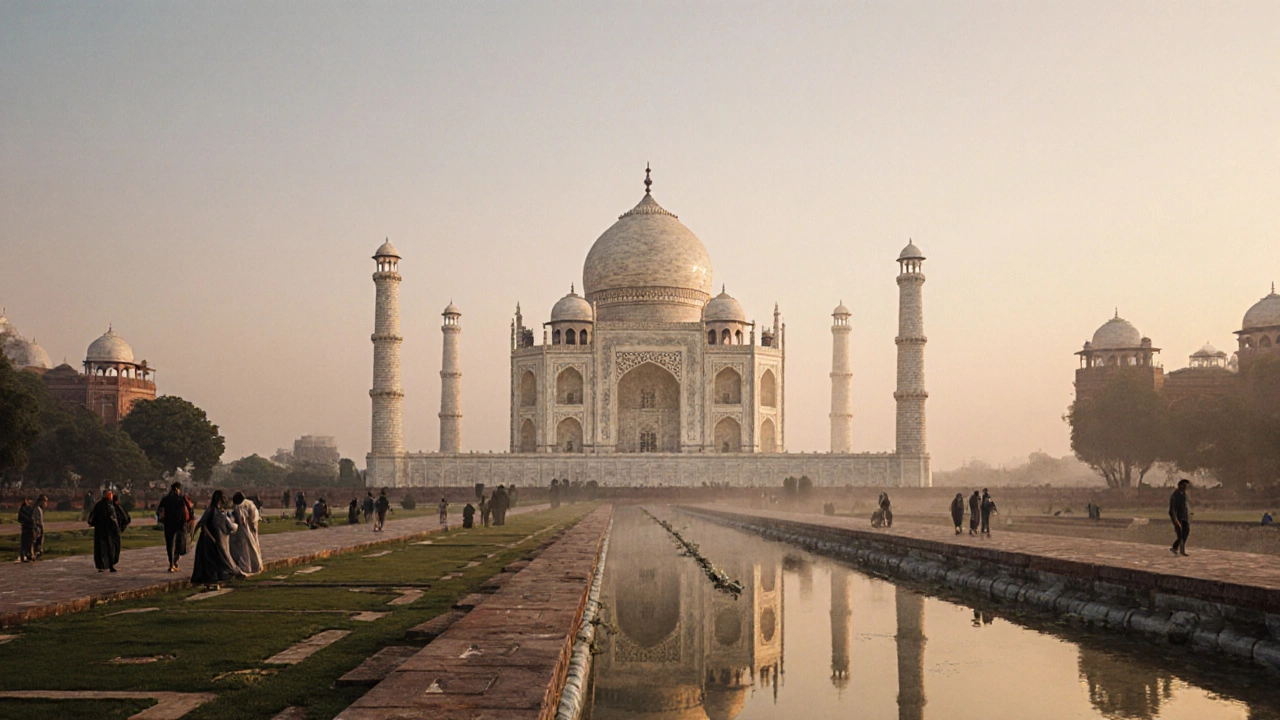UNESCO India Sites: Top World Heritage Places to Visit
When you think of UNESCO India sites, officially recognized cultural and natural treasures protected by the United Nations for their global significance. Also known as World Heritage India, these places aren’t just tourist spots—they’re living chapters of human history, architecture, and ecology that shaped the subcontinent. India has 42 of these sites, more than any country in South Asia, and they range from grand marble mausoleums to forgotten stone cities swallowed by jungle.
Some of the most visited are Taj Mahal, a 17th-century marble wonder in Agra built as a symbol of love, and Khajuraho temples, a cluster of erotic-carved Hindu and Jain shrines in Madhya Pradesh. Then there’s Hampi ruins, the remnants of the Vijayanagara Empire, scattered across boulder-strewn hills in Karnataka. These aren’t museum pieces—they’re places where locals still pray, walk, and live. You’ll find temple rituals happening beside ancient pillars, and farmers harvesting fields next to 600-year-old gateways.
Not all UNESCO sites in India are man-made. The Western Ghats, a mountain range running along India’s west coast, home to rare frogs, orchids, and tigers, is one of the world’s top biodiversity hotspots. And then there’s the Great Himalayan National Park, a remote sanctuary in Himachal Pradesh where snow leopards and blue sheep still roam untouched. These places remind you that heritage isn’t just about stone and carvings—it’s about wild spaces that have survived centuries of change.
What makes these sites special isn’t just their age or beauty. It’s how they connect to real life. In Jaipur, the Jantar Mantar, an 18th-century astronomical observatory with giant stone instruments, still works. Locals use it to track seasons. In Delhi, the Qutub Minar, a 73-meter-tall red sandstone tower built in the 12th century, stands beside a mosque where people still pray. You don’t just see history here—you feel it breathing.
Some of these places are crowded. Others are quiet, hidden, and hard to reach. But each one tells a different story—about empires, faith, art, or survival. Below, you’ll find real travel guides, safety tips, and hidden insights from people who’ve visited these spots. Whether you’re planning your first trip or looking for the next offbeat destination, these posts will help you go beyond the postcards.
